What’s a Bottleneck and Why Should You Care?
- VIA INDIGOS
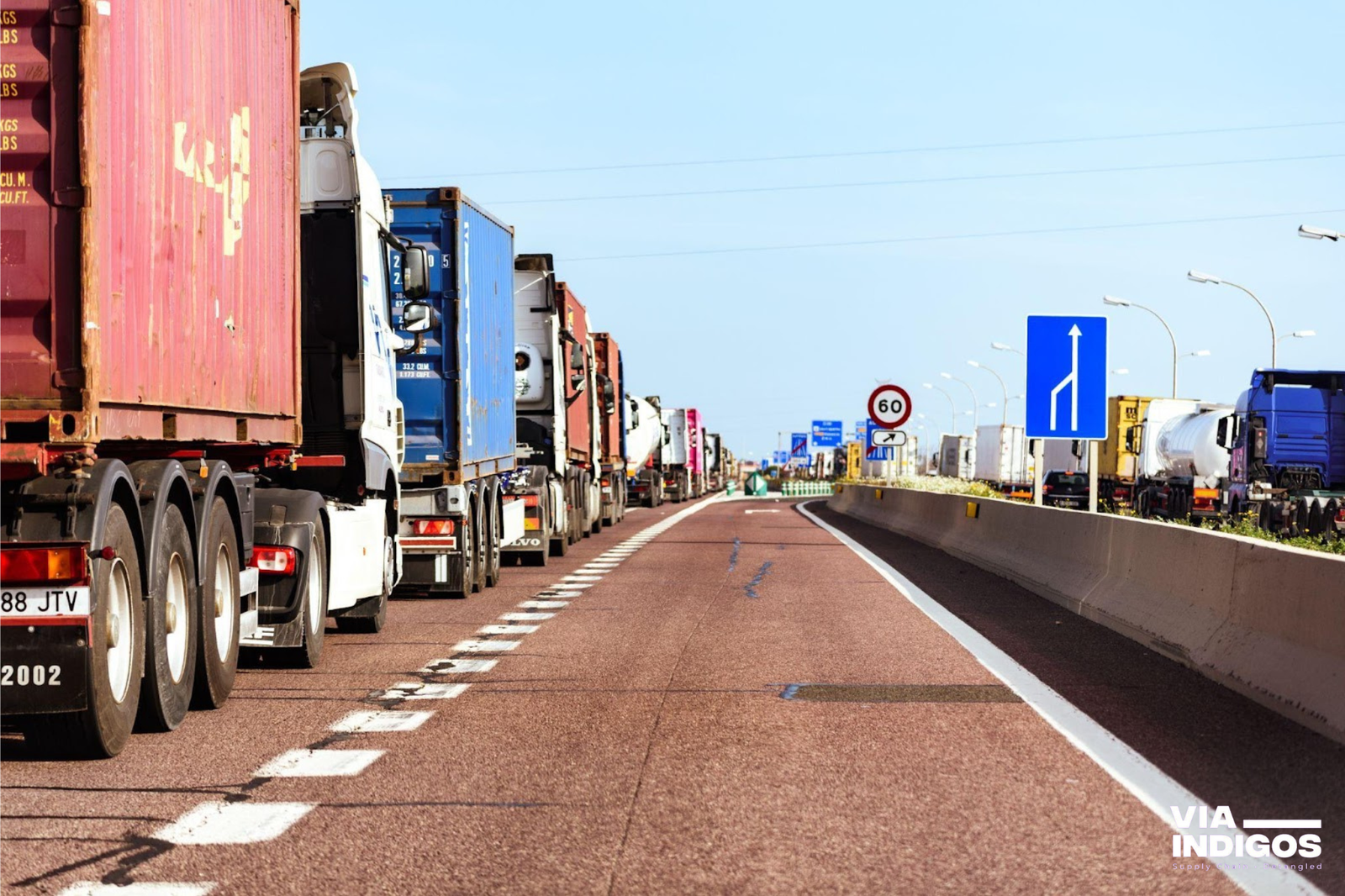
Imagine this: you run a global heavy machinery manufacturing company. A key supplier for cast components misses their deadline due to machine breakdowns.
The delay halts production, leaving idle workers, wasted resources, and unmet delivery timelines.
One small failure at a critical point in the supply chain has spiralled into a costly disaster.
This is the essence of a bottleneck: a single point of inefficiency that creates a ripple effect across the entire system.
In the world of supply chain management, bottlenecks often lurk unnoticed until they manifest as major disruptions.
They can occur at any stage—from raw material sourcing to the final-mile delivery—and can quickly turn manageable delays into business-critical problems.
A jammed port, delayed trailers, and supply chain chaos. One bottleneck can ripple through your entire operations.
With boots on the ground and a vast network of production partners in INDIA, we help you cut tariffs, reduce lead times and avoid supply chain disruptions.
Why Bottlenecks Are a Silent Profit Killer

Trust lost is business lost. One Supply Chain delay can damage a reputation built over decades.
Most companies don’t realize the true cost of bottlenecks because they don’t calculate the cumulative impact. Let’s quantify what bottlenecks can cost you:
Revenue Leakage
Cost Escalation
- Bottlenecks force businesses to rely on expensive solutions like expedited shipping, last-minute sourcing, or labor overtime.
- Stat Insight: Expedited shipping costs can surge up to 300% compared to standard freight during a bottleneck. DHL Insights and FreightWaves.
Long-Term Reputational Damage
- Customers value reliability. One unresolved bottleneck can permanently damage client trust and business relationships.
- Pro Tip: A Gartner survey found that 71% of B2B clients stop working with vendors after a major delay.
Operational Inefficiencies
- Idle workers, stalled machines, and wasted raw materials create unnecessary costs.
- Stat: For industries like automotive, machine downtime costs $1.3M per hour on average. Capgemini Research Institute and McKinsey & Company.
Labor Disruptions
In September 2024, a strike involving dockworkers at major U.S. ports along the East and Gulf Coasts threatened significant supply chain disruptions, potentially costing the economy $5 billion daily.
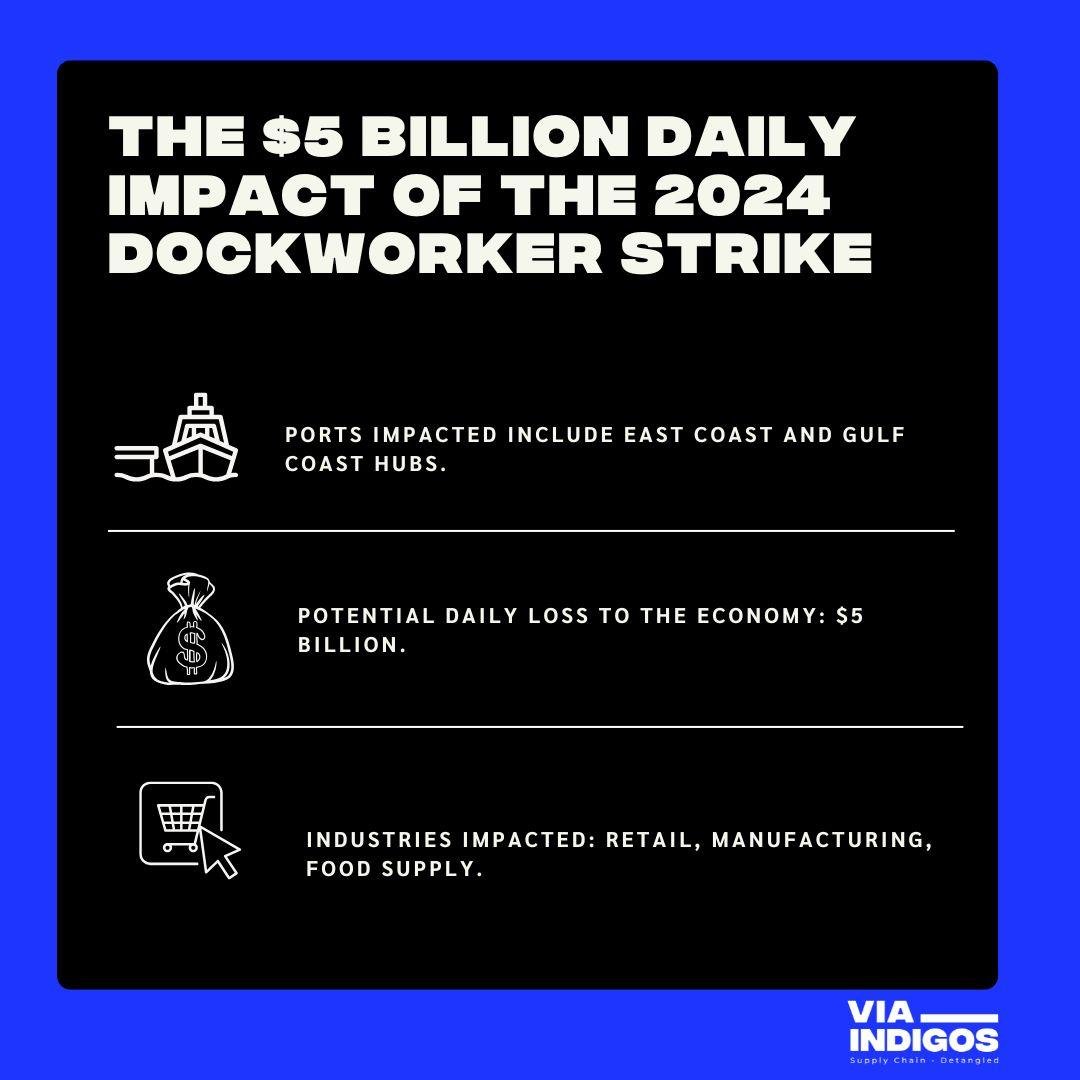
The Anatomy of a Bottleneck
To solve bottlenecks, you first need to understand where and why they occur. Here’s a breakdown of common bottleneck types:
Upstream Bottlenecks
These arise during raw material procurement or initial processing stages.
- Example: A steel forging supplier faces capacity constraints, delaying shipments to a Tier-2 auto parts manufacturer.
- Impact: Production halts due to lack of components.
Midstream Bottlenecks
Occurring during production, these bottlenecks are caused by equipment breakdowns, labor shortages, or inefficient workflows.
- Example: An HVAC manufacturer lost weeks of production when one stamping press couldn’t keep up with demand.
- Impact: Missed delivery schedules across multiple distributors.
Downstream Bottlenecks
These occur during distribution and logistics. Delays at ports, inefficient routing, or customs clearance failures are the usual culprits.
- Example: In 2022, U.S. port congestion added 20-30 days of delay for each container.
- Impact: Overstocked warehouses and rising freight surcharges.
How to Spot and Fix Bottlenecks (Master Guide)
Fixing bottlenecks requires a structured, end-to-end approach that goes beyond identifying issues on the surface.
This isn’t just about using tools or theoretical frameworks—it’s about understanding how supply chains operate at every level and designing processes that work seamlessly.
Step 1: Conduct a Comprehensive Bottleneck Audit

Identifying the problem is half the solution: 5 Why Study.
1. Map Your Supply Chain (But Don’t Stop at the Basics)
- Actionable Insight: Don’t just create high-level maps; break them into micro-processes. For example, instead of marking “raw material procurement” as a step, map each phase: supplier lead time, order processing, quality inspection, and storage.
- Critical Add-On: Map interdependencies (e.g., how delays in sub-supplier production impact final assembly timelines).
- Tool Tip: Platforms like Lucidchart, Visio, and ERP systems like SAP provide features to visualize these dependencies in granular detail.
2. Benchmark Metrics Against Industry Standards
- Measure performance metrics such as OTIF (On-Time In-Full), Cost Per Unit, Inventory Turnover, and Cycle Time. Compare your benchmarks to competitors or industry best practices.
- Example: If your OTIF percentage is below 90%, this suggests chronic bottlenecks in logistics or supplier reliability.
3. Layer Data with Real-Time Monitoring
- Implement IoT devices and GPS tracking to gather live data on bottlenecks.
- Example: IoT-enabled forklifts can track warehouse inefficiencies (e.g., excessive travel time between stations) and suggest layout changes to improve throughput.
4. Engage the Ground Team Regularly
- Actionable Insight: Create cross-functional task forces (e.g., procurement, production, and logistics) and hold bi-weekly bottleneck huddles to share findings.
- Pro Tip: Focus on asking frontline workers “What wastes the most time during their shift?” or “What causes delays most frequently?”
- Case Study: A manufacturer discovered bottlenecks in warehouse picking efficiency by directly observing order prep teams during peak hours.
Step 2: Dive Deep with Root Cause Analysis (RCA)

Numbers tell the story, but digging deeper reveals the cause; a fish bone analysis.
1. Go Beyond the 5 Whys Framework
- Combine 5 Whys with Ishikawa (Fishbone) Diagrams to account for all possible causes of a bottleneck (e.g., human, material, machinery, methods, and environment).
- Example: If freight delays are common, your Fishbone Diagram might identify overlooked causes like customs broker delays, unoptimized packaging, poor on-time container availability or mismatched container capacity.
2. Categorize Bottlenecks by Severity and Frequency
- Use a bottleneck prioritization matrix to classify bottlenecks based on severity (impact on operations) and frequency (how often they occur).
- High-Impact, Frequent Bottleneck Example: Recurring downtime of a CNC machine in production.
3. Layer Pareto Analysis with RCA
- Identify recurring bottlenecks by pulling historical data from ERP or WMS (Warehouse Management System).
- Example: A Pareto analysis might reveal that 80% of delivery delays come from just two suppliers.
Step 3: Build Resilience in Supply Chain Operations
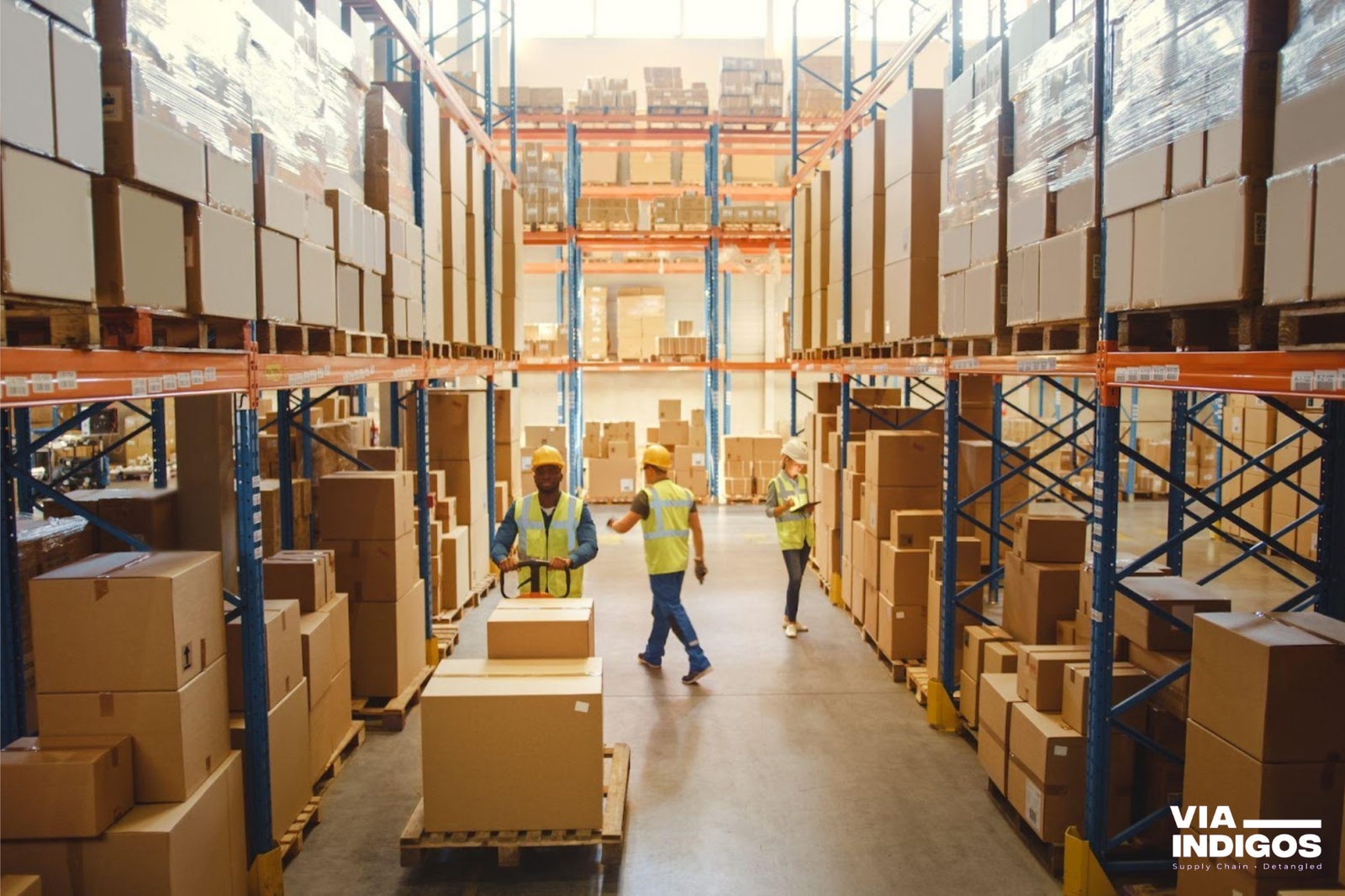
Contingency reserves: Your safety net in desperate times. Be prepared, not panicked!
1. Diversify Supplier Relationships
- Actionable Insight: Don’t stop at secondary suppliers—establish relationships with regional suppliers for critical components to reduce dependence on single regions.
- Case Study: A heavy equipment manufacturer split 80% of its forging supply between India and Vietnam while retaining a 20% share with its original supplier in China.
2. Segment Your Inventory for Safety Buffers
- Identify Critical SKUs: Focus on high-value and high-risk components that are essential to production or delivery. This could include engine components, forged parts, or customized castings.
- Maintain Strategic Buffer Stock: For these items, hold buffer inventory proportional to lead times and demand fluctuations.
- Example: A Tier-1 automotive supplier maintains 45 days worth of critical cast components, such as cylinder heads and brake rotors, to avoid production halts during supplier delays.
3. Build Tiered Freight Contingency Plans
- Maintain contracts with multiple freight carriers for high-volume shipping routes, especially during peak seasons.
- Actionable Step: Test these contingency plans by running simulated disruptions (e.g., strike scenarios or weather-related delays).
Step 4: Optimize Logistics and Transportation (Expanded)
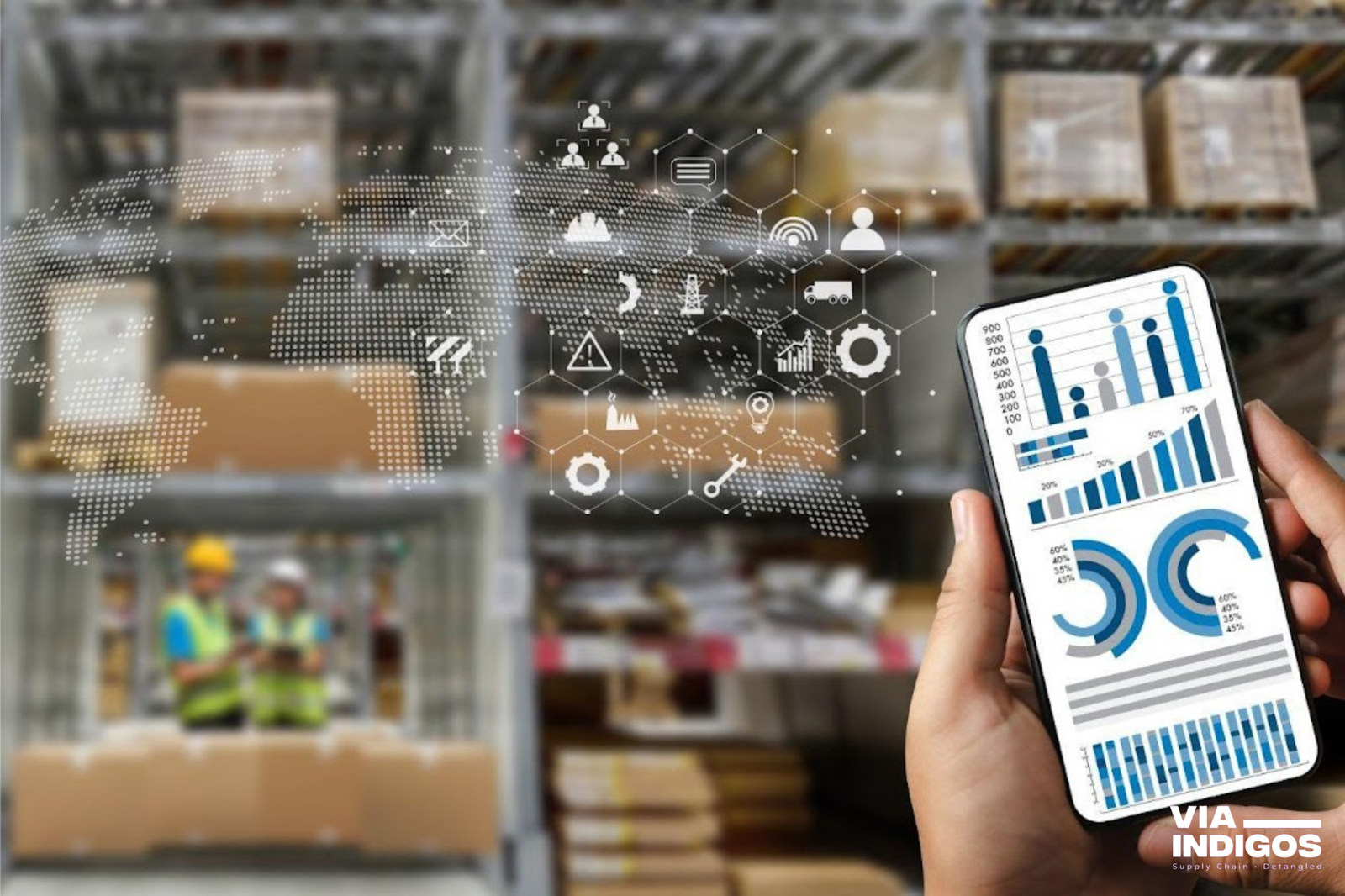
From real-time routing to blockchain security, modern tools are redefining logistics.
1. Use Real-Time Dynamic Routing Systems
- Dynamic routing systems like FourKites and Descartes can reroute shipments in real-time, avoiding traffic congestion, port closures, or weather delays.
- Actionable Insight: Integrate dynamic routing with real-time GPS data from your fleet to gain full shipment visibility.
2. Optimize Freight Consolidation Based on Volume Data
- Freight consolidation is a powerful way to cut costs and reduce delays, especially when dealing with multiple shipments across regions.
- The key is to take a proactive approach by collaborating with logistics providers and leveraging data for better planning.
Best Practices for Freight Consolidation
- Share Demand Projections Early: Work with logistics partners to provide them with monthly or quarterly demand forecasts. This ensures they can pre-plan container or truck requirements based on volume trends.
- Consolidate LTL (Less-than-Truckload) Shipments: Avoid sending multiple half-full containers. Combine shipments to utilize container space efficiently.
- Align Inventory Transfers with Production Cycles: Plan transfers of raw materials or finished goods to align with production or distribution schedules. This reduces dead freight and ensures trucks and containers are fully utilized.
- Use Regional Distribution Centers: Pool shipments from nearby warehouses or facilities into a single full truckload or container before shipping to the destination.
Pro Tip:
- Collaborate with logistics providers to run simulations of your shipping demand across multiple routes. These simulations can identify opportunities to reduce LTL shipments and optimize for FTL (Full Truckload) or consolidated container loads.
Example in Practice:
A Tier-1 heavy equipment supplier reduced shipping costs by 18% by:
- Sharing monthly demand forecasts with logistics providers.
- Combining shipments of forged and aluminum components from two nearby suppliers into a single container.
- Pre-booking container space based on projections for peak production periods.
Advanced Tools for Freight Optimization:
- Load Planning Software: Tools like CargoWise or BluJay can analyze shipment volumes and suggest container configurations for maximum efficiency.
- Real-Time Data Sharing: Integrate systems with logistics providers to automatically adjust shipment plans based on real-time order volumes.
3. Leverage Blockchain for Document Authentication
- Blockchain ensures secure, tamper-proof documentation for customs clearance.
- Case Study: Walmart implemented blockchain for its food supply chain, reducing customs delays by 35%.
Step 5: Embrace Technology and Automation
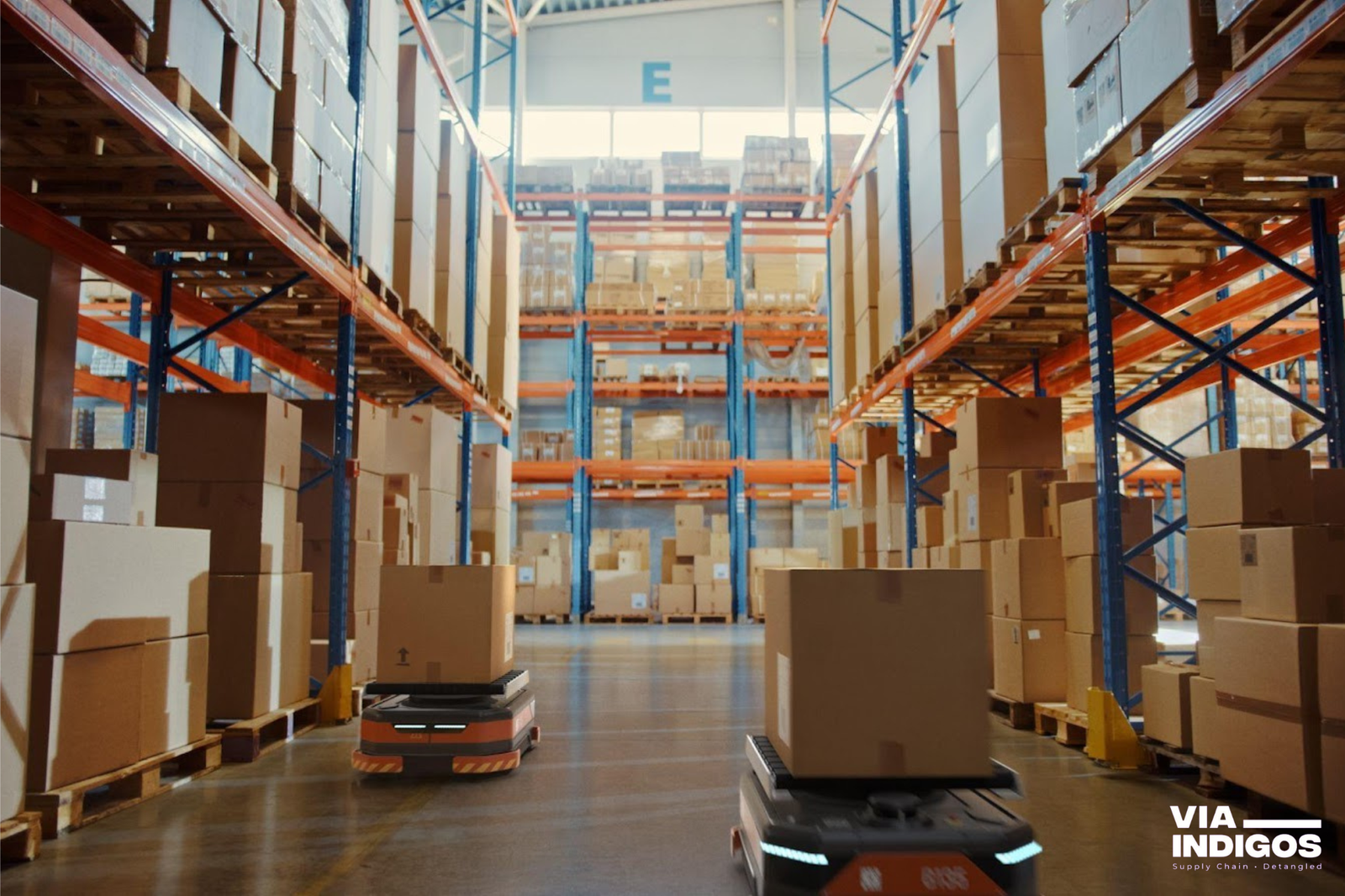
Robots in action: Faster picking, packing, and sorting. Boost efficiency and eliminate warehouse bottlenecks.
1. Deploy Predictive Maintenance for All Machinery
- Use AI-based predictive maintenance to schedule repairs before failures occur.
- Example: A CNC manufacturer reduced downtime by 30% by equipping their machines with IoT sensors for vibration and temperature tracking.
2. Integrate Control Towers for End-to-End Visibility
- A digital control tower provides real-time data across procurement, production, and logistics stages.
- Pro Tip: Set up automated alerts for key disruptions (e.g., container delays or below-threshold inventory levels).
3. Implement Autonomous Warehouse Operations
- Use robotics for tasks like picking, packing, and sorting to eliminate bottlenecks in high-volume warehouses.
- Example: A furniture retailer reduced order processing times by 25% with AGVs (Automated Guided Vehicles).
Step 6: Train Teams for Long-Term Sustainability

Empower teams, break silos, and embrace Kaizen—small steps lead to big efficiency.
1. Upskill Logistics and Operations Teams
- Invest in training employees on modern supply chain software, predictive analytics tools, and compliance requirements.
- Example: A logistics company trained its workforce on SAP TM (Transportation Management), improving on-time deliveries by 20%.
2. Encourage Cross-Funcational Collaboration
- Conduct monthly cross-departmental reviews to ensure alignment between procurement, production, and logistics.
3. Create a Culture of Continuous Improvement (Kaizen)
- Encourage teams to identify bottlenecks in their daily workflows and suggest incremental fixes.
Real-World Example of Fixing Bottlenecks
Case Study: A Tier-1 Automotive Supplier
Problem: The supplier faced recurring delays in their forging process, causing production stalls.
Solution:
- Diagnosed the Issue: Installed IoT sensors on forging equipment to track performance and detect breakdown patterns.
- Implemented Safety Buffers: Stocked two months’ worth of critical components.
- Diversified Supply Base: Added a secondary forging supplier in Vietnam.
- Outcome: Reduced downtime by 40%, increased on-time deliveries to 98%, and saved $1.5M annually.
Connecting the Dots: How Bottlenecks Differ Across Industries
Bottlenecks may be universal, but they vary drastically in their root causes and impact depending on the industry.
Factors such as production complexity, supplier network limitations, and seasonal demand patterns create unique challenges.
Let’s explore how these bottlenecks manifest in key industries and, more importantly, how they can be solved effectively.
Heavy Machinery Manufacturing
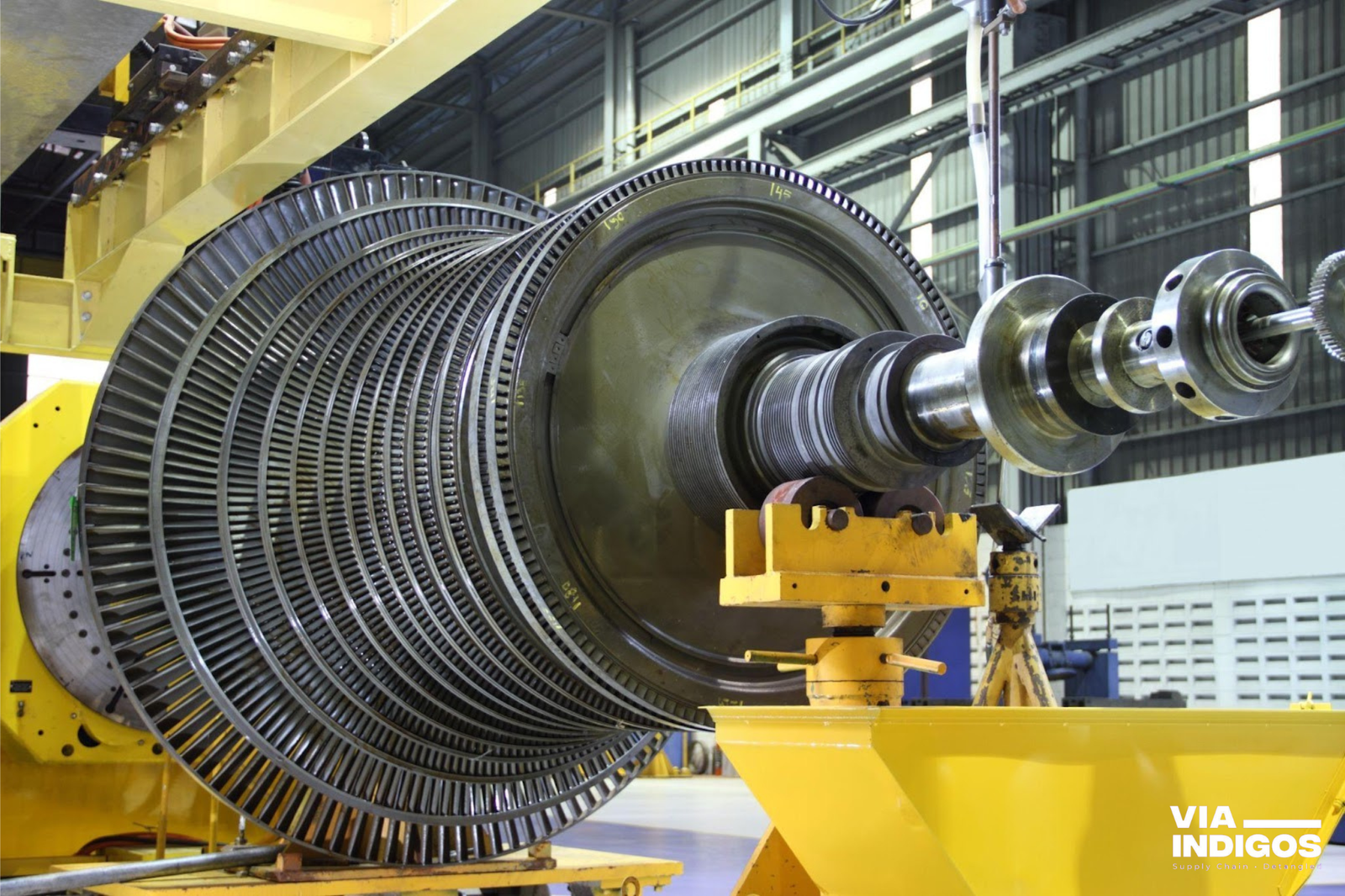
An industrial steam turbine on mammoth lathe under machining.
Key Challenge: Delays in sourcing cast and forged components due to limited production capacity or quality control issues.
Why It Happens: Heavy machinery manufacturers often require customized, high-strength parts like gears, shafts, and structural components. Indian suppliers, while cost-effective, sometimes face bottlenecks in capacity utilization or delays at the sub-supplier level.
Solution:
- Expand Supplier Base in India: Partner with regional suppliers in India who specialize in forgings and castings for specific applications. Focus on suppliers with ISO or IATF certifications for quality assurance.
- Regular Performance Audits: Conduct quarterly supplier audits for production capacity and sub-supplier reliability.
- Case Example: A construction equipment company collaborated with multiple Indian forging suppliers, diversifying risk and reducing lead times for hydraulic cylinder components by 25%.
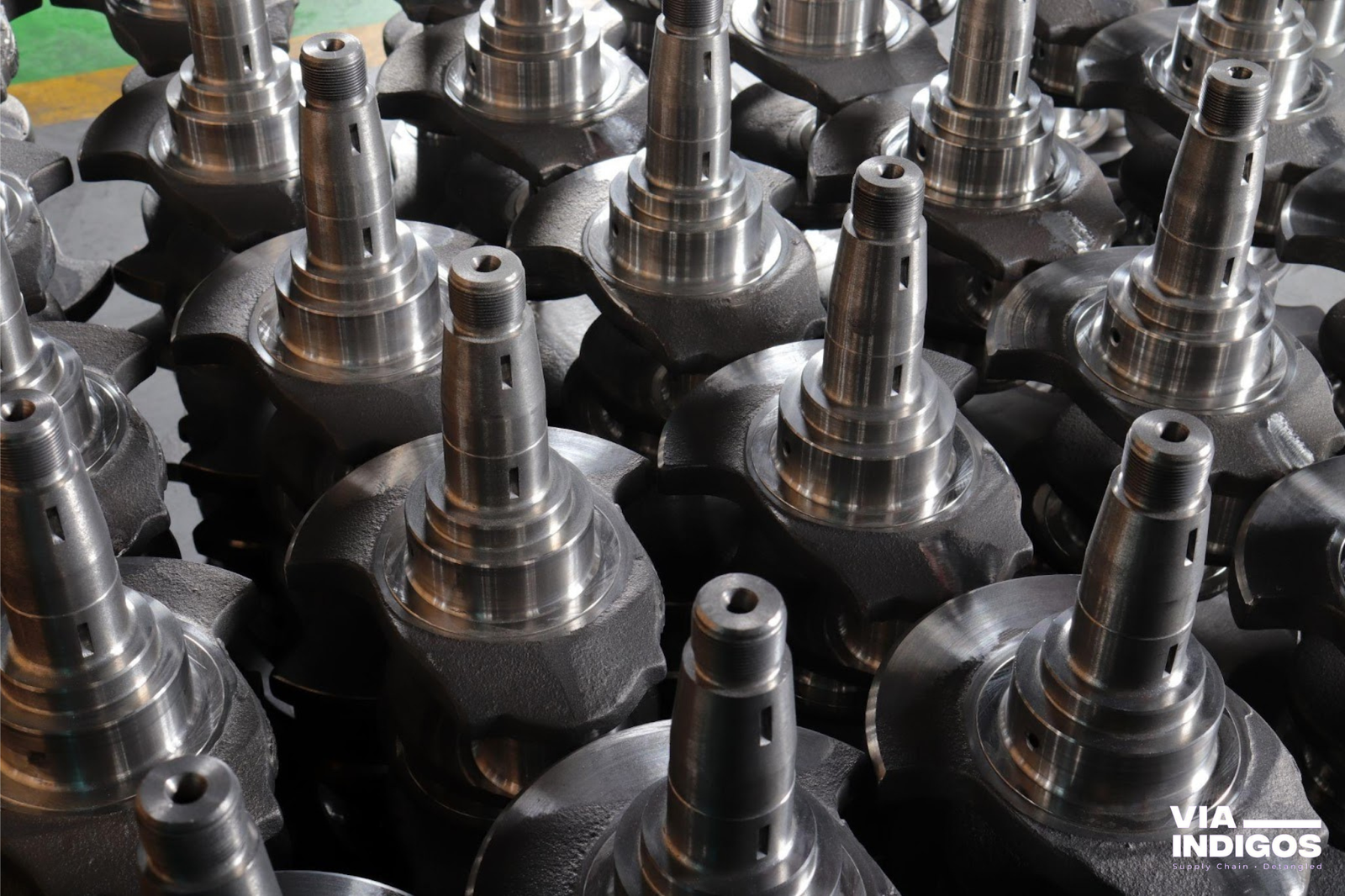
A lot of machines steering knuckles: Automotive components.
Key Challenge: Supply chain disruptions for critical components like semiconductors, forged parts, and EV batteries.
Why It Happens: India is emerging as a strong alternative for sourcing automotive components, but gaps in Tier-2 and Tier-3 supplier efficiency often create bottlenecks. Additionally, global shortages of semiconductors amplify delays.
Solution:
- Strengthen Relationships with Indian Suppliers: Leverage India’s growing base of reliable manufacturers for EV components like battery casings and forged suspension parts. (Source: The Economic Times, McKinsey Supply Chain 4.0)
- Pre-Book Semiconductor Supplies: Collaborate with Tier-1 suppliers who maintain procurement hubs in India to mitigate risks.
- Predictive Demand Sharing: Use advanced analytics to provide suppliers with real-time demand data, ensuring better alignment in production.
- Case Example: A Tier-1 automotive supplier integrated real-time analytics with its Indian forging partner, increasing part availability by 30% during EV production ramp-ups.
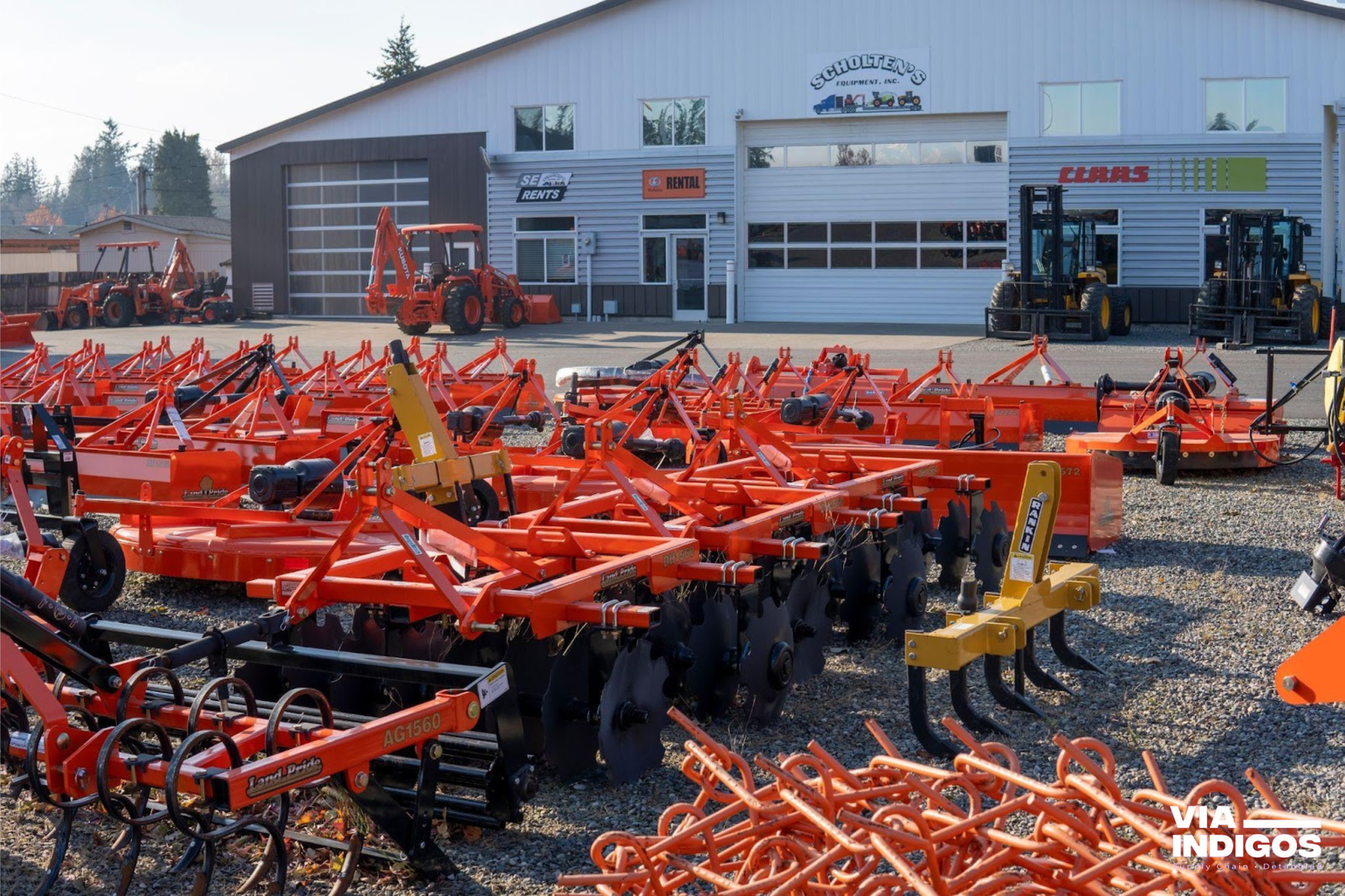
Disc Harrows stocked in a open factory warehouse: Agriculture Equipment
Key Challenge: Seasonal demand spikes for parts like hydraulic systems, plow blades, and steel frames, creating supply chain congestion.
Why It Happens: Seasonal farming cycles in the U.S. often overlap with global production schedules, leading to peak demand for raw materials and delays in sourcing from India.
Solution:
- Develop Pre-Season Strategies: Collaborate with Indian suppliers to stockpile critical components three months in advance of planting or harvest seasons. (Source: FAO Reports, Frost & Sullivan)
- Leverage India’s Specialized Production Hubs: Use regions like Tamil Nadu or Gujarat, which have well-established manufacturers for agricultural components.
- Flexible Freight Arrangements: Work with logistics providers who can adapt to seasonal shipping surges.
- Case Example: An agricultural equipment supplier reduced backlogs by 35% by creating pre-season reserves of steel plow components sourced from Coimbatore.
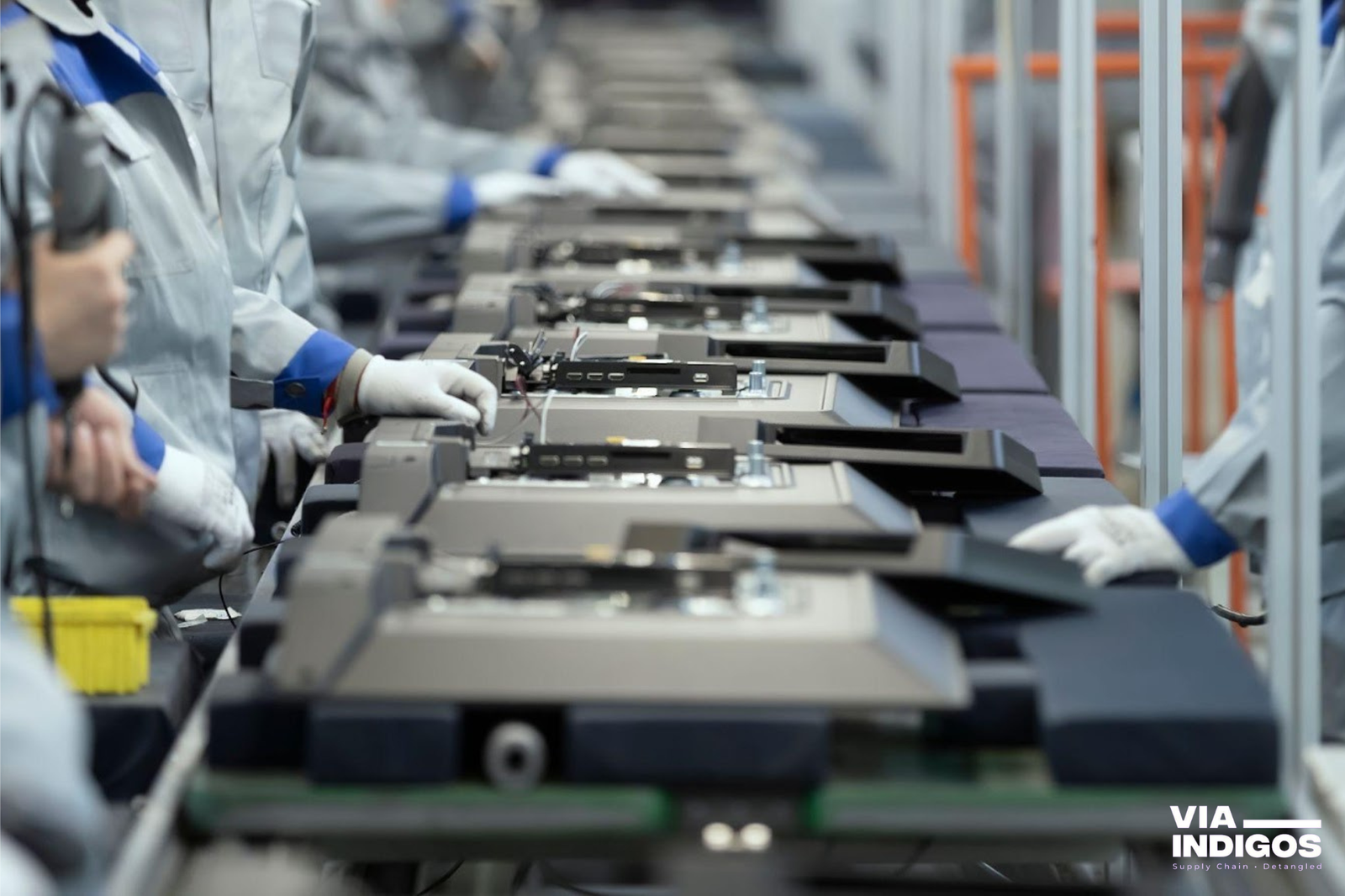
An assembly line of a LED TV: Assembly Plant
Key Challenge: Delays in sourcing precision parts like PCBs (Printed Circuit Boards), wiring harnesses, and enclosures, exacerbated by regulatory and compliance issues in cross-border trade.
Why It Happens: India is a growing hub for electronics manufacturing, but bottlenecks occur due to limited local semiconductor production and dependency on imports for certain components.
Solution:
- Leverage India’s Manufacturing Clusters: Source PCBs, wiring harnesses, and enclosures from India’s electronics hubs like Bengaluru or Pune. (Source: Invest India Electronics Report)
- Use Approved Vendors with In-House Capabilities: Partner with Indian suppliers who handle end-to-end manufacturing, including sub-supplier management, to avoid delays.
- Streamline Compliance Processes: Work closely with manufacturers to ensure all documentation (RoHS, REACH certifications, etc.) is in place before export.
- Case Example: A U.S.-based home appliance company sourced wiring harnesses and control panels from India, reducing lead times by 20% while cutting costs by 18%.
What Sets VIA INDIGOS Apart
Our strength lies in our extensive network of manufacturing partners across India, enabling us to address industry-specific challenges while maintaining speed, quality, and cost efficiency.
By focusing on tailored solutions for heavy machinery, automotive, agriculture, and electronics, VIA INDIGOS empowers businesses to overcome bottlenecks and achieve sustainable growth.

With boots on the ground and a vast network of production partners in INDIA, we help you cut tariffs, reduce lead times and avoid supply chain disruptions.
Who We Are
At VIA INDIGOS, we specialize in solving complex supply chain bottlenecks while delivering precision-engineered components through advanced manufacturing techniques.
With a focus on global supply chain optimization, we ensure your operations run smoothly, delivering components that meet the highest standards of quality, reliability, and performance.
What We Offer
End-to-End Supply Chain Solutions: From sourcing raw materials to final delivery, we handle every step to streamline your operations.
With expertise in 12+ industries, we ensure seamless coordination and on-time delivery of critical components.
Compliance with Global Standards: Every component we source or manufacture complies with stringent international standards, ensuring durability, safety, and consistency across your supply chain.
China +1 Manufacturing Strategy: Our strong presence in India and robust network of production partners help businesses diversify their sourcing, reduce tariffs, and minimize dependency on single-region supply chains.
Cost-Effective Manufacturing Processes: By leveraging efficient production methods like sheet metal stamping, rubber extrusion, sheet metal fabrication, etc we help you reduce waste, cut costs, and achieve better margins.
Precision Engineering for Critical Components: Whether it’s crankshafts, gears, brake components, fuel tanks, or complex assemblies, we ensure every part is built to exact specifications with unmatched accuracy and strength.
Reliable Global Partnerships: Our network of verified manufacturers combines global scalability with localized expertise, ensuring high-quality production, shorter lead times, and reduced logistical challenges.
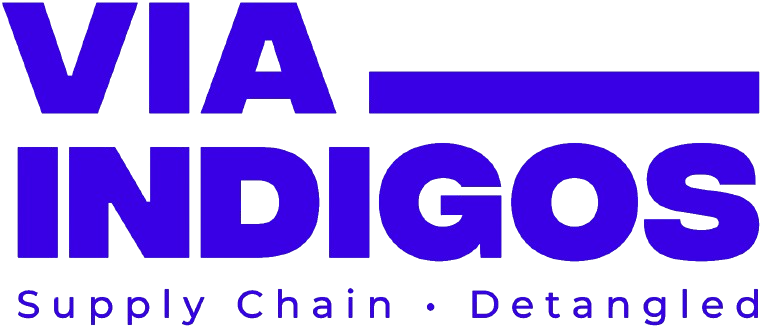

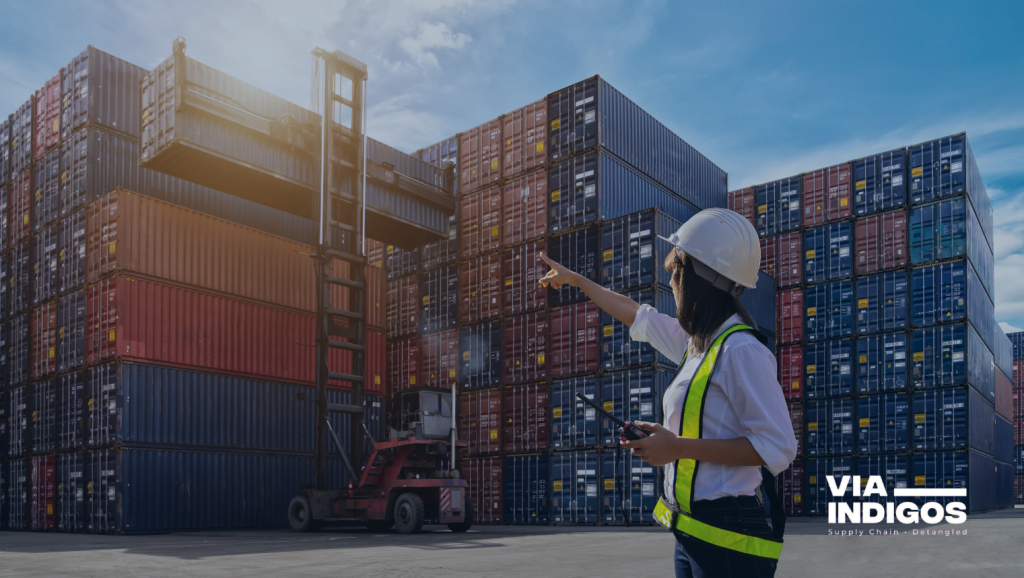

1 comment